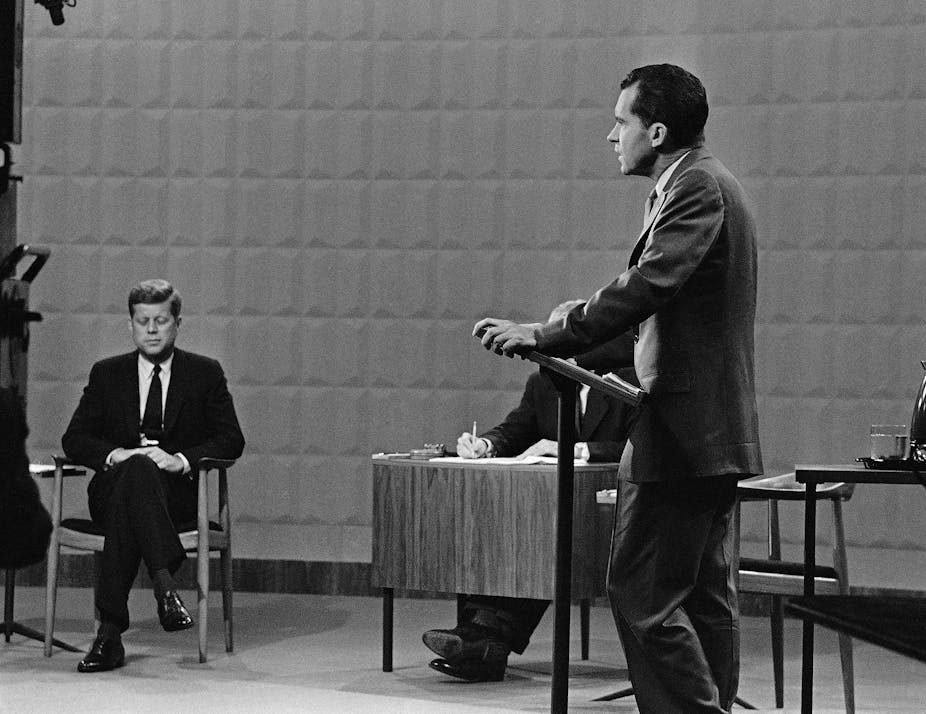 The Internet, as we know it today, is a central part of global communication, commerce, and culture. But it wasn’t always so accessible. For decades, it was a tool limited to government, military, and academic institutions. That changed in a pivotal year—1991—when the Internet officially opened to the public, setting the stage for the digital revolution that would transform the world.
The Internet, as we know it today, is a central part of global communication, commerce, and culture. But it wasn’t always so accessible. For decades, it was a tool limited to government, military, and academic institutions. That changed in a pivotal year—1991—when the Internet officially opened to the public, setting the stage for the digital revolution that would transform the world.
Origins: A Tool for Researchers and the Military
To understand the significance of the Internet’s public opening in 1991, it’s important to trace its origins:
- The roots of the Internet lie in ARPANET (Advanced Research Projects Agency Network), a project funded by the U.S. Department of Defense in the late 1960s.
- ARPANET was developed as a means of communication between research institutions and military installations, allowing computers to connect over long distances.
- The concept of packet switching—breaking data into smaller packets and sending them separately—was a major innovation that made this possible.
In the 1970s and 1980s, academic networks like NSFNET (National Science Foundation Network) expanded these capabilities, linking universities and research centers. But these networks were closed systems, restricted to approved institutions and researchers.
From Research Network to Public Infrastructure
By the late 1980s, the potential of a broader, more inclusive network began to be recognized. Several key developments made the idea of public Internet access more feasible:
- 1983: The TCP/IP protocol became the standard for ARPANET, allowing different networks to communicate with each other—a foundational step toward the modern Internet.
- 1989: British scientist Tim Berners-Lee proposed the idea of the World Wide Web, a system of interlinked hypertext documents accessible via the Internet.
- 1990: ARPANET was officially decommissioned, as the larger, more flexible NSFNET became the backbone of the growing Internet.
1991: The Public Gains Access
The decisive moment came in 1991, when the National Science Foundation lifted restrictions on the commercial use of the Internet. This meant that for the first time, non-academic and non-governmental users—ordinary individuals and private businesses—could legally access and operate on the Internet.
This change effectively opened the Internet to the public, creating the possibility for widespread, commercial, and personal use.
Key Events of 1991:
- NSFNET opens up for commercial traffic: This marked the beginning of the Internet’s transition from a research network to a public communications infrastructure.
- Release of the first public web browser: Although very basic by today’s standards, Tim Berners-Lee’s WorldWideWeb browser (later renamed Nexus) allowed users to browse hyperlinked documents. It was a crucial step toward making the Internet user-friendly.
- Growth of Internet Service Providers (ISPs): With commercialization allowed, private companies began offering dial-up services to consumers, laying the groundwork for the first home Internet connections.
Immediate Impact of Public Access
While access was initially slow (dial-up modems were the norm), the floodgates had been opened. The early 1990s saw:
- The birth of websites and web domains
- The beginning of email services for the general public
- Online forums and early chat systems like IRC (Internet Relay Chat)
- Early digital commerce experiments
The World Wide Web—still in its infancy—would quickly become the dominant face of the Internet, offering a graphical, interactive way to explore information.
The Internet Explosion of the 1990s
Following its opening in 1991, the Internet saw explosive growth:
- 1993: The release of Mosaic, the first widely used graphical web browser, made Internet browsing more accessible and visually engaging. This browser is often credited with popularizing the Web.
- Mid-1990s: Tech companies like Yahoo!, Amazon, and eBay were founded, and businesses began creating websites.
- 1995: NSFNET was fully replaced by commercial Internet providers, marking the complete privatization of the Internet backbone.
This period also saw the rise of the dot-com boom, as investors and entrepreneurs rushed to capitalize on the new digital frontier.
Legacy and Ongoing Impact
The decision to open the Internet to the public in 1991 marked a historic turning point, comparable in importance to the invention of the printing press or the industrial revolution. It ushered in an era of:
- Instant global communication
- Information democratization
- Digital economies
- New forms of social interaction
- Remote learning, telehealth, and online banking
From a limited research network to a truly global system, the Internet now connects over 5 billion people worldwide and supports trillions of dollars in commerce.
The Internet was officially opened to the public in 1991, a year that quietly ignited a revolution in the way humanity communicates, learns, and lives. While its foundations were laid by scientists, researchers, and government agencies, its transformation into a global utility was made possible by this moment of access. What followed was a technological, cultural, and economic evolution that continues to reshape the world today.








